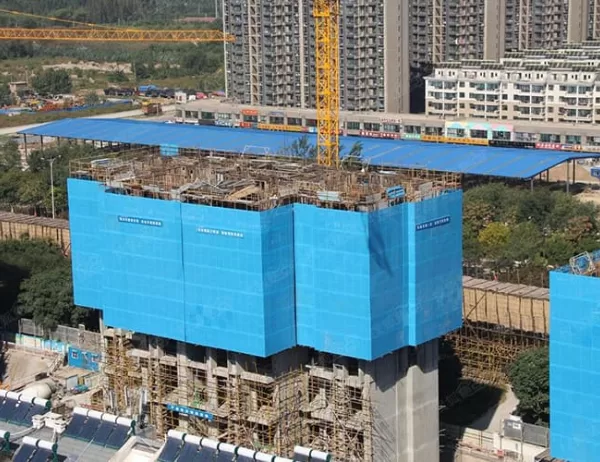In the realm of modern architecture, where aesthetics and functionality converge, the humble polished aluminum angle has emerged as an indispensable element. Its versatility and sleek finish have made it a ubiquitous choice for architects and designers alike.
Polished aluminum angles, with their sharp corners and reflective surfaces, add an air of sophistication to any structure. They serve both aesthetic and practical purposes, defining lines, creating geometric patterns, and providing structural support.
Aesthetic Enhancements
The polished surface of aluminum angles reflects light, creating a shimmering effect that enhances the visual appeal of buildings. They can be used as decorative accents, framing windows, doors, and other architectural features. When combined with glass panels, aluminum angles create a dynamic contrast that emphasizes the play of light and shadow.
Functional Advantages
Beyond their aesthetic value, polished aluminum angles offer numerous functional benefits. Their high strength-to-weight ratio makes them an ideal material for structural applications. They are corrosion-resistant, ensuring durability in harsh weather conditions. Their precision-cut edges ensure a snug fit when joining different components.
Sustainability and Versatility
Aluminum is a sustainable material that can be recycled repeatedly without losing its properties. Polished aluminum angles are therefore not only environmentally friendly but also aesthetically pleasing. Their versatility extends beyond architecture, as they can be used in a wide range of industries, including automotive, aerospace, and manufacturing.
Polished aluminum angles have become an integral part of modern architecture. Their sleek finish, structural strength, and versatility make them a valuable asset for architects and designers seeking to create both visually appealing and functional structures. From gleaming skyscrapers to contemporary homes, the role of polished aluminum angles in shaping the architectural landscape cannot be overstated, enhancing the aesthetic experience while ensuring structural integrity.




